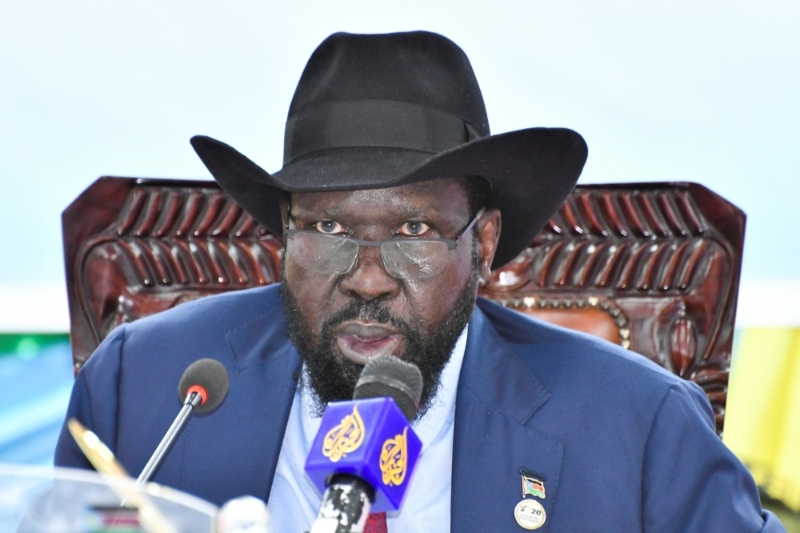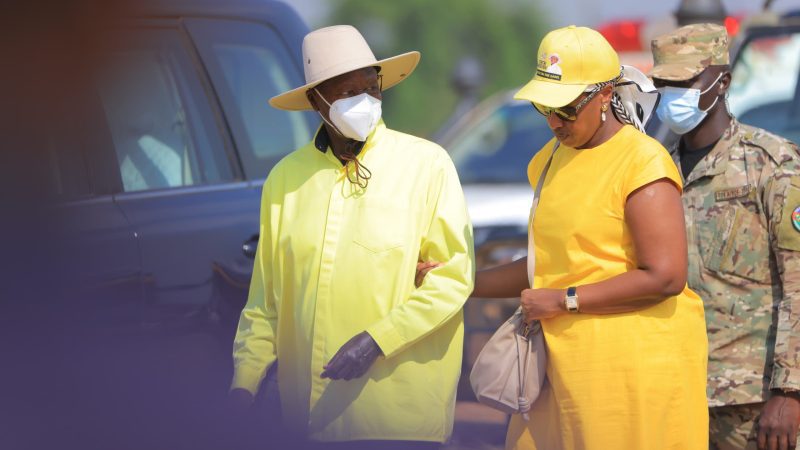
PROOF OF COMMISSION (OR ABETMENT OF) FORGERY BY THE CHURCH OF UGANDA
Over the past sixty hours, little else besides the incredulous “discovery” of a purported register of baptisms featuring one Yoeri Museveni, alleged to be the aspiring Monarch of Uganda, Gen. Yoweri Museveni, has been discussed.

My initial reaction to the “revelation” was a cocktail of disgust and consternation at the utter shamelessness and boundless temerity of the so called religious leaders who choreographed the embarrassing spectacle, with a smiling Maria Antoinette and pretentiously curious King Louis in tow.
In spite of the fact that many people had questioned the veracity of the document, including an older friend, Okello Leonard who offered helpful pointers, I took time off after work and as I soon as I got home, printed the documents off my phone and subjected them to examination under three sets of lighting, namely: ultraviolet light, a combination of ultraviolet and indoor and varying levels of brightness of indoor lighting.
What I saw confirmed four of the arguments I had come across on social media. I was also able to establish two other anomalies in the course of my layman inquiry into the impugned baptism register. For the benefit of readers, I have attached some photos of my simple inquiry into the documents.
Under ultraviolet lighting, it is clear that the light-brown part of the left-hand page was digitally superimposed onto the clean-white sheet on the edge of the same left page. Quite obviously, it is not possible that one part of a document ages and becomes so discoloured while another fringe part (which ideally should be more exposed to the elements and therefore wear away more) remains clean-white.
Secondly, the left-hand page has partial erasures on the two vertical columns that bear surnames, including Yoeri’s. Was the real Yoeri’s surname deleted and replaced with a faintly written ‘Museveni’? Additionally, why does the writer’s pen have varying intensity that is admittedly inconsistent with the possibility of a singular writer?
Whereas I am not a proficient speaker of my native Runyankore, I know enough to doubt, or at the very least, question the title of the third column: “Erinya Eryekiganda.” It makes no phonetic, dialectic or grammatical sense, as far as I am aware. I need help by those who speak the language better to understand this title. Ideally, I think it should be “Eiziina Eryekiganda” or “Eiziina Ery’oruganda.”
Finally, what and why is that yellow piece of paper covering the title of the columns of the second page whose contents section bears no names? Did Sticky Notes exist in the first half of the last century…if they did, were they available to a remote church in South Western Uganda? Did the Church of Uganda stop registering baptisms after the last two surnames that begin with letter ‘K’ at the bottom of the list on which “Museveni’s” name appears? Why is the next page empty?
Did Museveni tell lies in his book “Sowing the Mustard Seed” when he said that at three years old, he could recall—with photographic memory—the day of his baptism? Or is he using the Church of Uganda to tell lies on his behalf?
Museveni’s actions and/or omissions, as outrageous as they may be, are expected of the power-hungry despot that he is. Bodel Bokassa, Sassou Nguesso, dos Santos, Paul Biya, Obiang Nguema, Hosni Mubarak, Siad Barre, Kamuzu Banda and Mobutu Seseseko all exhibit(ed) similar traits. It is expected of Museveni to behave the way he does.
What is bewildering about this latest scam is that the Church of Uganda was the midwife of this naked lie! With a handful of exceptions, the pious-looking clergymen are always mute about the glaring questions of the day but will jump at the nearest opportunity to bootlick earthly representations of power!
Little wonder that the Church is fast becoming an irrelevant social club without moral or spiritual authority…far from being the conscience of the state. By conferring a blessing on this fraud the men and women of God have sold us for brown envelopes, similar to the one that the Reverend on the extreme right of the scandalous picture was holding in his diary.
Shallow understanding from people of (supposed) goodwill is much more bewildering than absolute misunderstanding from people of bad will.
This is the disturbing peculiarity of this ‘church-ordained’ scandal.
PS: For a legal definition and understanding of the offence of forgery insofar as the matter at hand is concerned, please consult Sections 345, 346, 347, 349, 351, 359 and 361 of the Penal Code Act, Chapter 120 of the Laws of Uganda.
Andrew Karamagi is a Kampala-based lawyer. He can be reached on karamagiandrew@gmail.com









